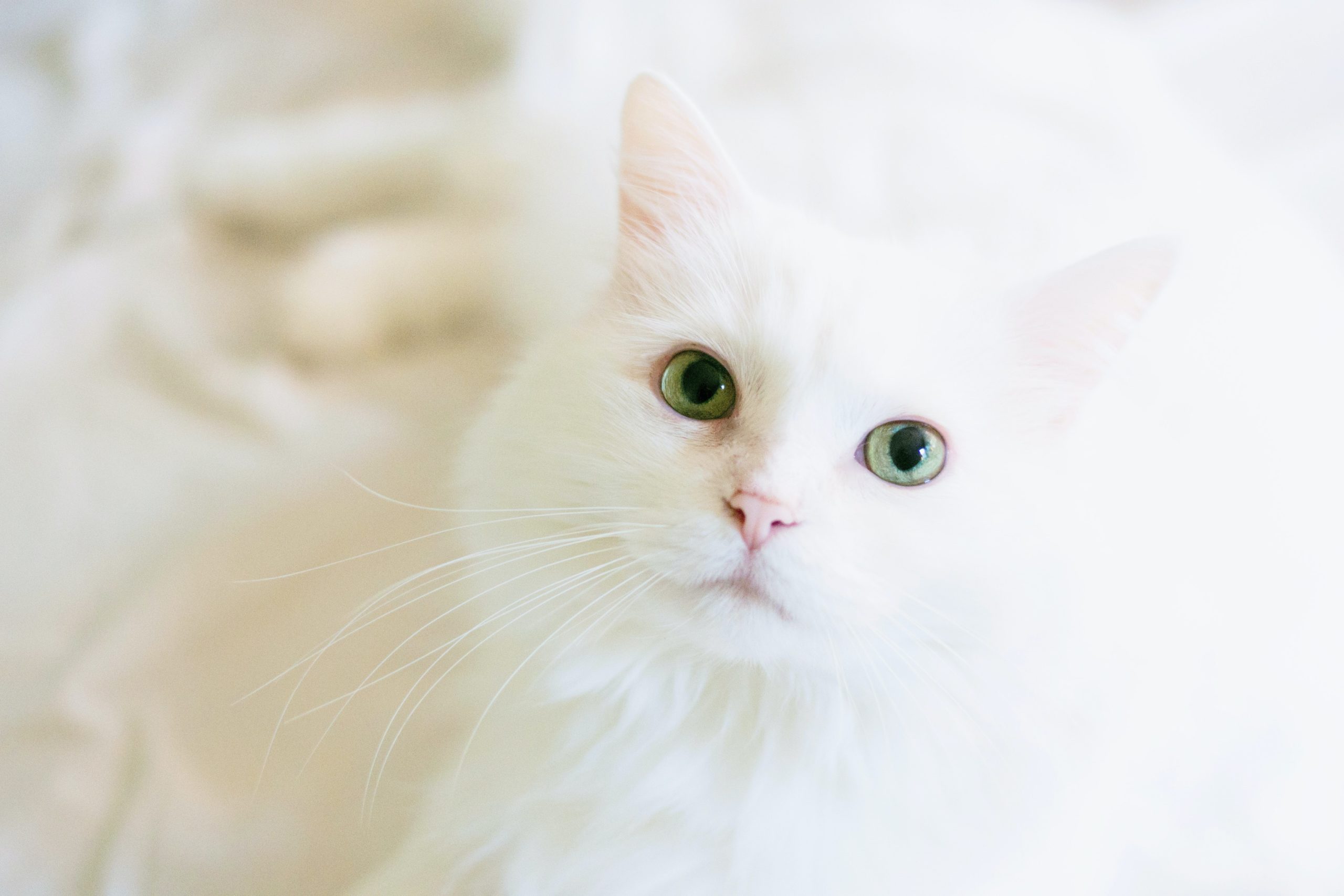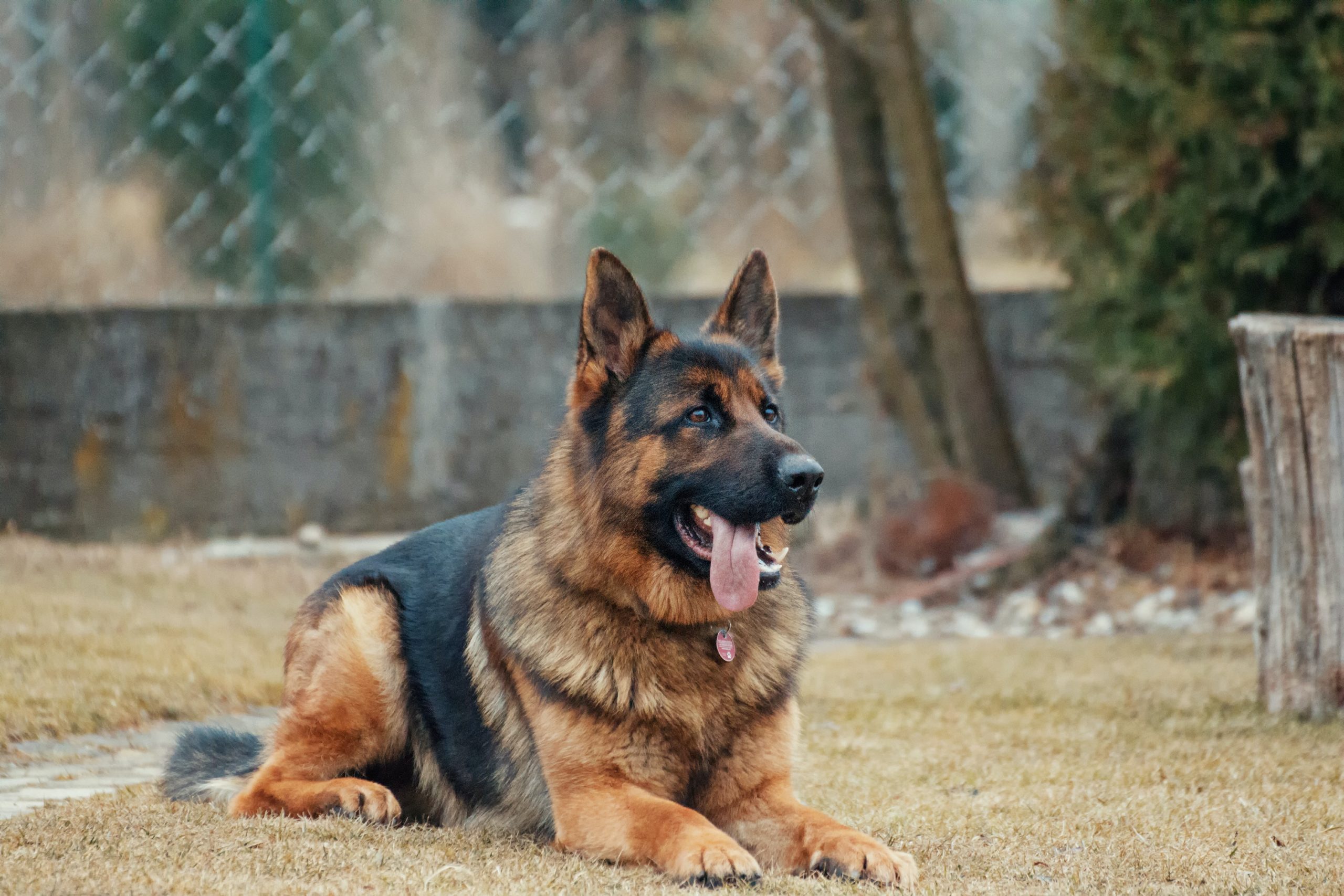Dogs’ ears come in a variety of styles. Some stick up, some flop down, some are hairy and some are not. Nevertheless, they are all prone to ear infections.
How do you know if your dog has an ear infection? What can you do at home to treat it and when should you visit your vet?
How will I know if my pet has an ear infection?
When an infection starts, a pet will shake its head occasionally and will scratch its ear. This will often progress to the stage where the pet is obviously distressed. It may moan as it tries to scratch its ear. It will rub its head along the ground and may walk with its head at an angle.
If you examine the ear, you will notice that the ears have a pungent smell. You may also see some discharge in the ear, especially in the ear canal. This discharge may be brown in colour, it may be yellow and look like pus, or it may contain blood – not something to ignore.
An insect called an ear mite sometimes causes ear infections. These small creepy-crawlies move around inside the ear canal and cause great discomfort. The ears of the dog or cat react to this irritation by pumping out a waxy discharge. This gunk is an ideal soup for bacteria, yeasts and fungi to grow in, further worsening the problem.
What can I do at home?
If the problem is caught early enough, then home treatment may be useful, especially if ear mites are the cause. Ask your vet for a good ear cleaning solution that also contains a compound to kill the mites. These preparations contain compounds to dissolve the wax, to reduce bacterial infection and to kill the mites that are present. Put the medication in each ear twice daily or as indicated.
Be careful when cleaning your pet’s ears. The old rule of ‘putting nothing smaller than your elbow’ in your pet’s ear is still a wise one. Many owners will attempt to clean their pets’ ears by using cotton buds. Buds will often ramrod the wax down onto the eardrum. This makes it much more difficult to eliminate the infection and may lead to a rupture of the eardrum.
To clean the outer part of the ear, a cotton ball (not a cotton bud) moistened with an ear cleaning solution will do well. Only clean the area of the ears that you can see.
For poodles and other animals with hairy ear canals, plucking of the hairs from the ear canals may be necessary to allow proper ventilation. Animals with long, heavy, droopy ears, such as Basset Hounds, need their ears examined regularly. The weight of their ears prevents natural airing and drying of the ear canals.
When should I see the vet?
Typically, letting your veterinarian professionally examine and clean your pet’s ears is easier and safer. Your vet will look into your pet’s ears with an otoscope to find out what is causing the problem. If mites are present, they will be visible but, in many cases, bacteria or yeasts without ear mites cause the infection. There may also be foreign bodies present, such as grass seeds, which need immediate attention by a veterinarian.
In many cases, your pet will need antibiotics or other prescription medications to solve the problem. Ear medications like this are not available over the counter.
It may be necessary for your pet to be anaesthetised for the vet to examine its ears correctly. This will also allow proper cleaning and inspection. A sample of the discharge is often taken and this will be examined under the microscope to find out what bugs are present. A swab may also be sent off to a laboratory for a culture and sensitivity test. This is done to detect what bugs are present and what medications are best suited to kill them. As you will know, some bacteria are resistant to certain antibiotics.
Be sure to complete the full course of any ointment that your vet prescribes.
Will my pet need an operation?
Sometimes ear infections recur. This can be for a variety of reasons, including the fact that the dog or cat may have a deformed or narrow ear canal or that it may have tumours or growths in the ear. In addition, recurring ear infections often result when the animal has a generalised skin infection. Solving the skin infection will usually eliminate the ear problem.
In cases where a narrowing of the ear canal is present, from a tumour, a long-term infection or a natural deformity, the ear canal remains moist and infections are almost impossible to eliminate. Your pet may need an operation to solve this problem.
In one operation, your vet removes the skin overlying the outer portion of the ear canal so that the ear canal is open to the air. This results in drying of the canal and elimination of the infection.
In another operation, called an ear ablation, your vet will remove the entire cartilage of the ear canal and the hole going down to the eardrum. While this usually solves the problem, sadly, the animal will be deaf in that ear.
If your dog has a swollen ear it is most likely an aural haematoma (blood clot between the cartilage and skin of the ear flap), which usually also requires surgery and investigation of the underlying cause (infection or trauma).
If you feel your pet’s ears are causing it problems, don’t delay. Ear infections left untreated can be a very difficult problem.




